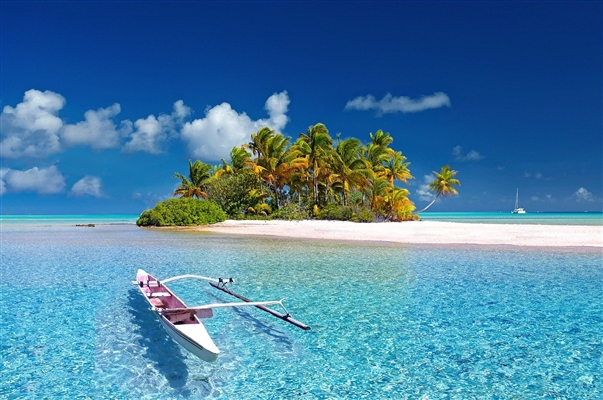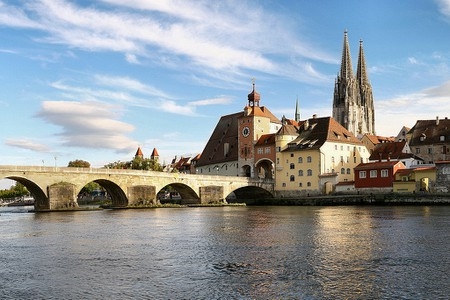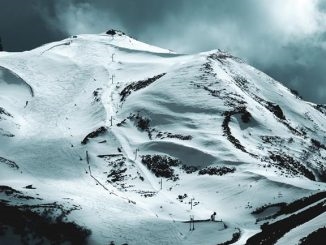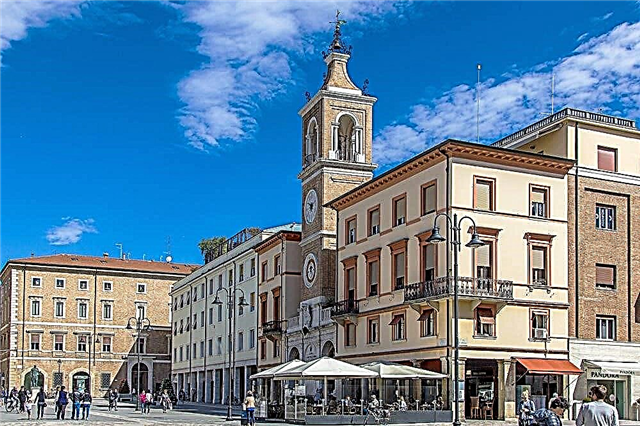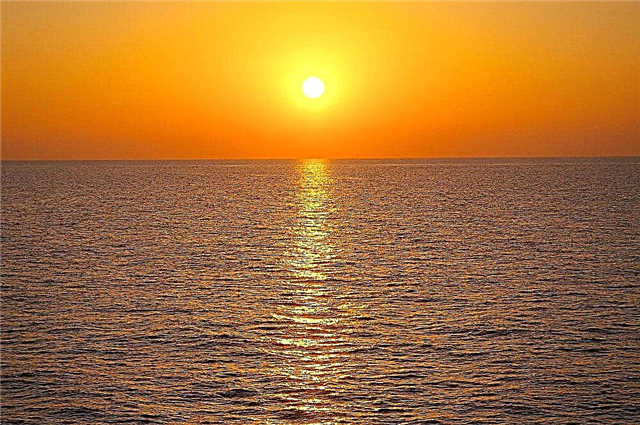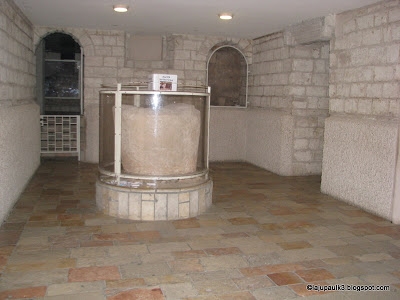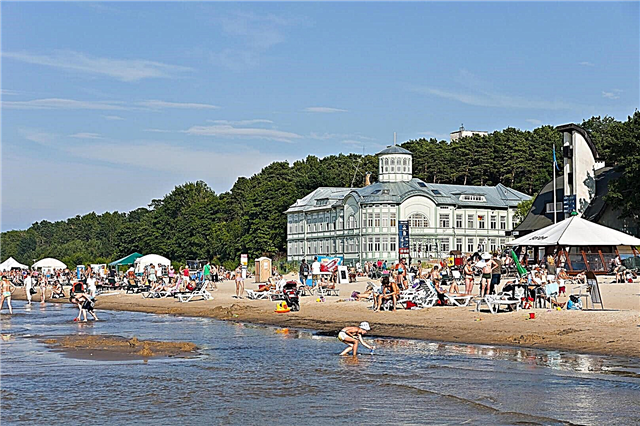In almost half of the largest cities in Latvia, the population mark is stuck in the region of 10 thousand. There are more than 100 thousand people in Riga alone, which is also the largest city in the entire Baltic. Economically inhabited localities mainly rely on small production, actively use ice-free ports, and also develop the tourism sector.
Special attention is paid to sports and the creation of conditions for active recreation. Thus, large sports centers have been built in Olaine, Daugavpils and other cities. Religious objects of different denominations are found everywhere, for example, there are three churches in Madona. Interesting modern sights such as Ludza's sundial are also opening up. And yet, in tourism, the emphasis is on the historical sites and traditions of the country.
The largest cities in Latvia
List of the largest cities in terms of population in the country.
Riga
The capital of Latvia and the largest city in the Baltic States. It is located on the banks of the Daugava at the confluence of the river into the Gulf of Riga. The historical center is included in the UNESCO World Heritage List. The main museums of the 44 available: occupation, foreign art, national, military, natural history. Significant objects include: Riga Castle, Dome Cathedral, Freedom Monument, Cable-stayed Bridge.
Population - 632 614 people (2019).

Daugavpils
The southernmost city in Latvia. To Lithuania - 23 kilometers, to Belarus - 26 kilometers. Modern leisure facilities: bowling center, ice rink, multifunctional sports complex. The symbol of the city is a fortress of the early 19th century. You should also not pass by the Temple Mount, Rigas Street with its shops and the art museum. Not far from Daugavpils a ski complex "Eglukalns" was built.
Population - 92,000 people (2019).

Liepaja
An ice-free port on the Baltic Sea coast. Many people associate the city with a constant sea breeze. One third of Liepaja's territory is occupied by parks, natural zones and water bodies. Rose Square, St. Anne's Church, horse riding, Oscar Kalpak Bridge, Swan Pond, amber hourglass, Peter the Great market are the most interesting places and objects of the city.
Population - 68 945 people (2019).
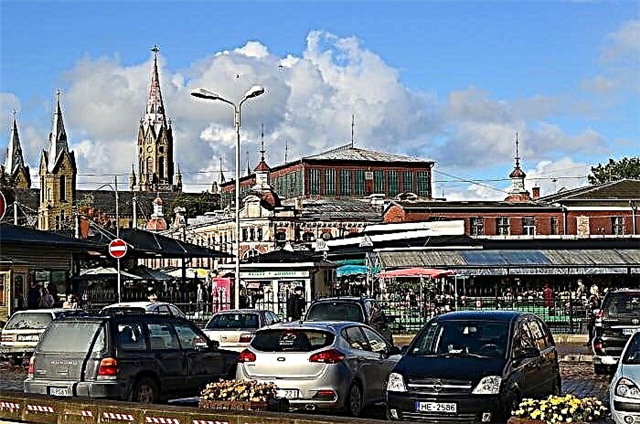
Jelgava
A green, albeit densely built-up city, stretching along both banks of the Lielupe. 90% of buildings were damaged by shelling during the Second World War, therefore, the majority of modern or restored buildings are here. Various water transport is rented in the yacht club. A tennis center and bowling club are open. Jelgava Baroque Palace is the main attraction of the area.
Population - 55 972 people (2019).

Jurmala
The largest and most popular resort in the Gulf of Riga and throughout Latvia. Brezhnev's dacha that once existed here has been turned into a museum. The President of the country has a residence in Jurmala. The beaches are full during the season, and the Kemeri National Reserve has become the main destination for walking and hiking. The Dzintari Concert Hall hosts festivals and concerts of famous artists.
Population - 49,325 people (2019).

Ventspils
A port city on the Baltic Sea coast. The city was born thanks to the construction of the castle of the Livonian Order. It has been restored and turned into a well-equipped historical museum. The skating rink, swimming pool, water park, children's amusement park will appeal to fans of outdoor activities. The local beach has been awarded the "blue flag" - a symbol of cleanliness. The Renka Garden, the central park of Ventspils, is also ideal for walking.
Population - 34,377 people (2019).

Rezekne
Located in a valley on the banks of the river of the same name. Sightseeing: Center of the Latgalian spirit, the ruins of the Order's castle, a retro amusement park, a wooden synagogue built in 1845, the Cathedral of the Nativity of the Blessed Virgin Mary. In the vicinity of the city there are mineral springs, and local mud is used for medical and cosmetic procedures.
Population - 27 820 people (2019).

Valmiera
It is located 50 kilometers from the Estonian border. Historical monuments: the Old Town, the ruins of a castle built for military purposes, the building of a Lutheran church, an island on which an oak with the image of the gods grew in the past. Valmiera hosts a number of annual events: a rock music festival, a medieval festival, an international art symposium, and the Cimyuda fair.
Population - 25,093 people (2016).

Jekabpils
Urban areas are located on both banks of the Daugava River. In the past, these were two separate cities Krustpils and Jekabpils, which were united in 1962. In the vicinity you can go fishing, hunting, horse riding. The History Museum hosts a candle-making workshop. There is an open-air museum at the local castle. And the flooded quarry was turned into a reservoir with 8 islands.
Population - 24 146 people (2016).

Ogre
One of the youngest cities in Latvia. In Ogre, services are held in three churches: Catholic, Lutheran, Orthodox. After the war, a large knitwear factory was built here, the products of which are known outside the country. Tourists are especially interested in the Shetland pony nursery, Lazdukalni park, the cinema museum and the “cactus house”, which contains a collection of 800 species of these plants.
Population - 23,232 people (2019).

Tukums
The status of the city was received in 1795. Since then, Tukums has been constantly changing and modernizing, while not forgetting its traditions. The best places for walking are the historic center and Brivibas Square. In the vicinity, recreation centers have been built, where you can choose both a measured pastime, and rent ATVs and go on a short trip.
Population - 18 923 people (2016).

Salaspils
The distance to the capital is 18 kilometers. Most of the population works or studies in Riga. Notable objects of the city and the surrounding area: the temple named after the icon "Joy of All Who Sorrow", 2 memorial stones in honor of the battle at Kirchholm in 1605, Salaspils memorial ensemble, reminiscent of the concentration camp that existed on these lands during the Second World War.
Population - 17 621 people (2016).

Cesis
In 2006, the city celebrated its 800th anniversary. The ruins of the Wenden Castle, one of the symbols of Cesis, are well preserved. Around - lakes, over which fog often lie in summer. There are about 400 archaeological sites in the vicinity. There are special maps that allow you to find and inspect them all. In winter, tourists visit the ski slopes "Cirulishi", "агagarkalns" and "Kakishkalns".
Population - 17,170 people (2016).

Kuldiga
The city is located on the banks of the Kurzeme River. The medieval layout of the streets has been preserved, so Kuldiga is often chosen as a "decoration" for filming. The main natural attraction is Ventas Rumba - the widest waterfall in Europe. An excellent view of it opens from the windows of the city museum. Local fairs attract artisans from all over the country.
Population - 11 768 people (2016).

Sigulda
It is part of the Gauja National Park. Sigulda is surrounded by forests and hills on all sides. Nature is the main reason for the influx of tourists. In the warm season, visitors visit the Mezhakakis amusement park. In winter, the city especially attracts many ski lovers. Hotels, guesthouses, campings - accommodation options for every budget. Not far from the city is the Gutmana Cave - the largest in Latvia.
Population - 11 619 people (2019).

Olaine
The popular name is "The City of Chemists". From here to Riga is only 20 kilometers. Public facilities include two stadiums, an outdoor skating rink, a sports center, a swimming pool, and a skate park. The forested area combines wildlife and a well-equipped recreation environment: benches, hammocks, ping-pong tables, playgrounds, barbecues. The unusual Annas garlic farm located near Olaine is also worth a visit.
Population - 10 840 people (2019).

Saldus
City on the Tsietsere river. There is a route for ATVs and buggies in the vicinity of Saldus. Nearby, during the excavations, a mammoth tusk was found - the largest in Latvia. There is a pheasant nursery, and during the migration period you can observe the fields where flocks of cranes stop. In the city itself there is a museum of the artist Rosentals and a temple of St. Janis. Saldus honey is popular all over the country.
Population - 9937 people (2019).

Talsi
It is known as the "city of nine hills" due to the relief of the area. These hills, or mounds, have names, for example: Sunny, Church, Royal. The main cultural center of Talsi is the People's House. 2 museums were opened: local history and agricultural. Opportunities for sports and creativity have been created, both for children and adults. There is a modern cinema.
Population - 9225 people (2018).

Dobele
It stands on the banks of the Berze River. Settlements have existed here since the Stone Age. The Dobele symbol is a monument to the liberation of the city, restored in 1996. Opposite it are the ruins of a 14th century castle. The district is famous for its mass events: a meeting of snowmen, an apple festival, a national holiday called Ligo, and the day of Lacplesis, the hero of the Latvian epic.
Population - 8995 people (2019).

Ludza
It is located on the most extensive hill in Latvia. The shores of lakes Runtortas, Dunaklia, Lielais-Ludzas and Zvirgzdenes are the natural boundaries of the city. The Tadeusz Chapel and the post office, erected in 1929, are the main architectural objects of Ludza. The ruins of the castle have historical value, and there are several versions of the history of its construction. A large sundial was opened on the square in 2015.
Population - 8718 people (2016).

Bauska
Located at the confluence of the Memele and Musa rivers near the border with Lithuania. Local travel companies offer a variety of outdoor activities, including organizing fishing tours in the surrounding waters and horseback riding. Boats, with nastya and even overalls can be rented from them. Sightseeing: a peasant compound, a castle built in the 15th-16th centuries, the house-museum of the poet Vilis Pludonis.
Population - 8405 people (2019).

Gulbene
In the south of the city, the Vecgulbene manor complex, which was built during the 19th-20th centuries, has been preserved. It consisted of the White Castle, belonging to the Russian style, and the Red Castle, belonging to the Neo-Gothic style. In 1905, the main buildings were burned down, and in 2008 they were partially restored. Other notable objects are the Freedom Monument, two churches, and the city clock.
Population - 8057 people (2016).

Madona
The name comes from a nearby lake. Urban areas began to form around the railway station in 1903. An artificial reservoir has been created in Madona, in which one of the largest fountains in Latvia is installed. There are 3 churches in the city: Lutheran, Orthodox and Catholic. The funds of the local museum of local lore - more than 107 thousand exhibits.
Population - 7971 people (2016).

Aizkraukle
Stands on the Daugava River. There were settlements on this place before, but modern Aizkraukle arose thanks to the construction of the Plavinas HPP. On the eastern outskirts of the city there is a mound, not far from it is the Museum of History. Other attractions: a preserved part of a sacrificial oak tree, the Kalna ziedi or Mountain Flowers Museum, named after an old farm, the ruins of a castle.
Population - 7745 people (2016).

Aluksne
It is located on the shores of the lake of the same name with four islands. The castle island is the most interesting one, the ruins of old fortifications have been preserved there, and now this territory is used as an open theater platform. There are two museums in the new Fitinghof castle: ceramics and local history. Aluksne Lutheran Church is an example of early classicism architecture.
Population - 6692 people (2019).


